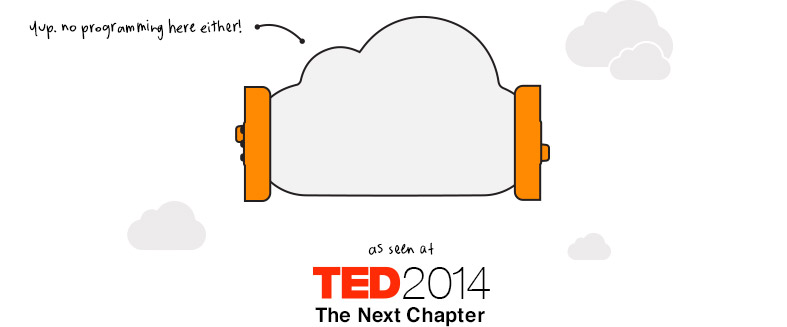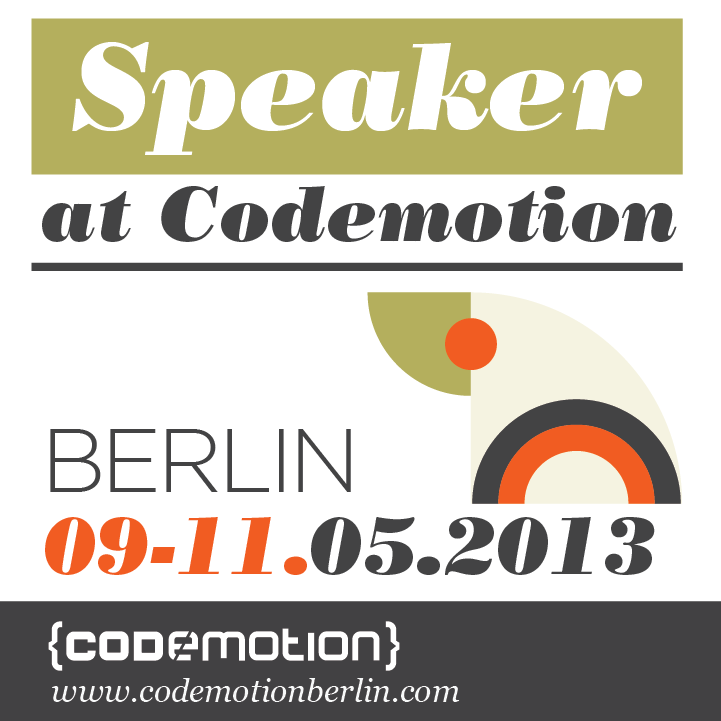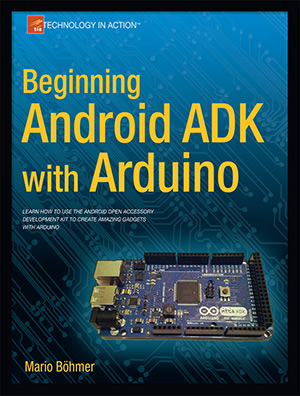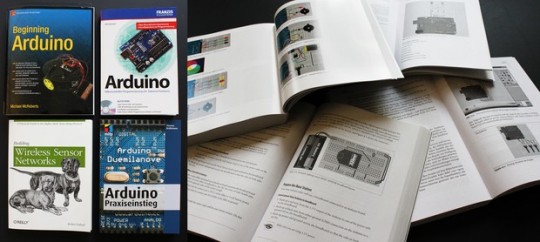
“Make everyone an inventor” was littleBits mission, when they started their project in 2011. For far too long have only large companies, programmers and engineers been able to use technology in a creative way and whereas 3D printing and software development have made a big step forward in the last years, tools to build complex electronics weren’t as quick to come by. For two years littleBits worked on their attempt to “democratize electronics” and enable makers, artists, students and designers to build their own gadgets easily.
So far they have developed several, colorful modular kits to tinker with; let yourself get inspired by the project ideas on their website. They created for example the Synth Kit, an analog synthesizer with different modules that you can simply stick together like Legos.
https://www.youtube.com/watch?feature=player_embedded&v=vDxz8bpqOMU
This week they announced the release of the Cloud Module for later this year which will be, as they say, “the easiest and fastest way to create internet-connected devices” and also to connect them amongst each other (keyword here is of course the Internet of Things) without any soldering or programming. Sounds yummi, right?
You can get more infos here.
What does fashion lack? “Microcontrollers” – this states dutch fashiontech designer Anouk Wipprecht on her website. And if you have a look at her portfolio, you will most certainly agree.
Intimacy for example is the name of a dress which thanks to smart e-foils becomes transparent based on personal interactions.
https://vimeo.com/29952304
Another one is the Pseudomorphs dress: At first an innocent white, it soon becomes unique and quite colorful, when ink trickles out of diverted medical equipment and tubes to find its way down the dress, creating a new pattern every time.
https://vimeo.com/44149906
Codemotion is not just another tech conference where developers and engineers attend to compare tools and argue about what’s best and what’s cool. It is a meeting point for many disciplines, hardware meets software and design in a unique and powerful combination.
We were invited to present Fritzing in the “Makers” category and we gladly accepted to do so. Fritzing was created in the first place to close the gap between creatives and electronics, to take away the fear of electrons and to transform physical computing mystery into creative material just like any text, graph or animation. We believe that Codemotion is one of the best meeting points for all people who use Fritzing, or should be using it.
Come and join us on Saturday, May 11th at the HTW in Berlin, the talk is at 16:10. You can see the page by clicking on the image below.
We are looking forward to meet you there and put a face on your projects and PCBs.

Our friend Wolf who is doing a talk about FabLabs will sell our Starter Kits at his stand friday and saturday, and our friend Stefania will do a talk about teaching kids technology.
 Today, Mario Böhmer visited us and gave us a copy of his new book »Beginning Android ADK with Arduino« – it was impressive to see the possibilities with this dynamic duo.
Today, Mario Böhmer visited us and gave us a copy of his new book »Beginning Android ADK with Arduino« – it was impressive to see the possibilities with this dynamic duo.
The book gives an overview about the existing hardware development boards, explaining the software environments and guides you from outputs, inputs, sounds, light and temperature sensing to touch and motion.
The powerful combination of mobile devices and Arduino is very exciting and we are looking forward to new ideas, approaches, and outcomes.
Beginning Android ADK with Arduino
Four new books are making intensive use of circuit layouts created with Fritzing:
“Arduino: Praxiseinstieg”, by Thomas Brühlmann (mltp, German)
“Beginning Arduino”, by Michael McRoberts (Apress)
“Building Wireless Sensor Networks”, by Rob Faludi (O’Reilly)
“Praxisbuch Arduino”, by Ulli Sommer (Franzis, German)

They are using breadboard diagrams, schematics, and part graphics to illustrate examples and guide the learner throughout the book. Some even offer the related Fritzing .fz files for download from their website.
We’re very proud to see Fritzing becoming a de-facto standard for documentation and teaching!
P.S.: Unfortunately, not all of them are making fair use–one forgot to reference Fritzing. This is required by our CreativeCommons license, and we think that’s the least a publisher can do when building on our work!
Comments from the old Blog:
- Thomas O'Brien # 30. Jan. 2011, 17:15
I have the "Wireless Sensor Networks" book, and have started reading it. I like the writing and explanatory style. It seems that just about everything is there to help me get going with a wireless network application. Now if Fritzing Fab would just get started...
- BobAnderson # 3. Feb. 2011, 05:25
I am sorry that some publishers have not referenced Fritzing --- most unfair, if not illegal. On the other hand, I found out about Fritzing from a reference (a live link actually) in the arduino.cc site. My plan is to use Fritzing for a while and if I find it as useful as I expect I will, I shall express my appreciation with a financial donation.



